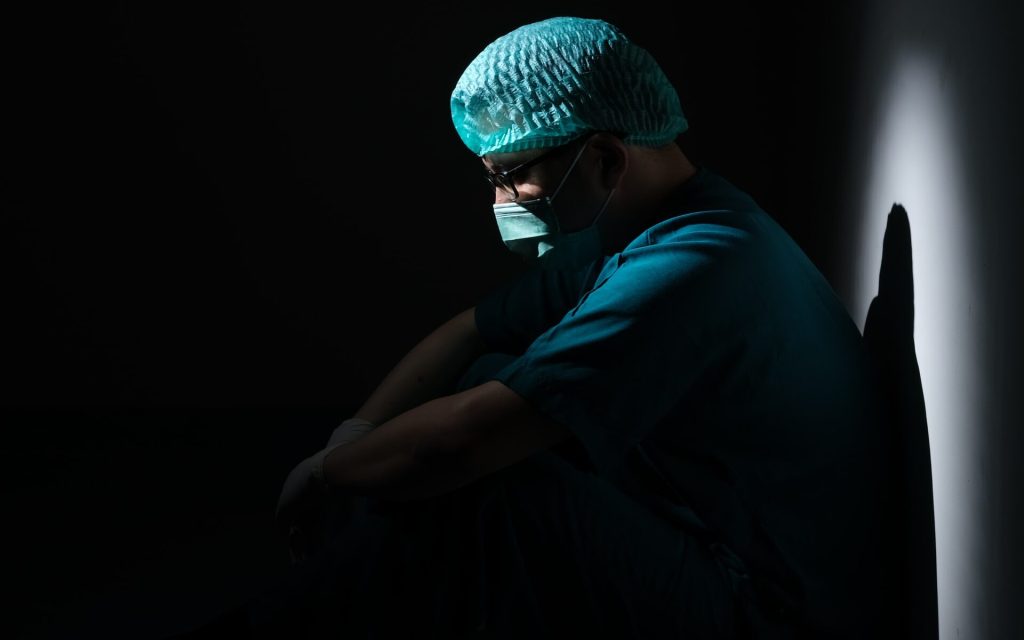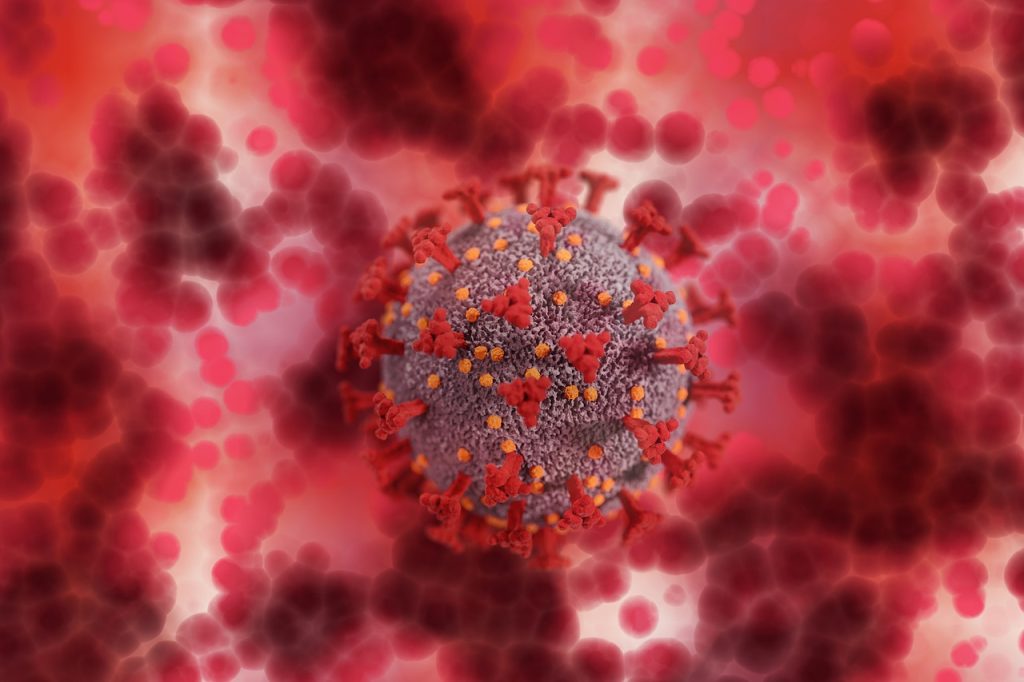Patient Safety Incidents Doubled for Docs Suffering from Burnout

Doctors experiencing burnout are twice as likely to be involved in patient safety incidents and four times more likely to be dissatisfied with their job, suggests research published today in The BMJ.
The scale of burnout amongst clinicians and the serious impact it can have on patient safety and staff turnover has been revealed in the largest and most comprehensive systematic review and analysis of studies on the subject to date.
Evidence is showing that burnout is is reaching global epidemic levels among physicians. Representatives have warned that spare capacity in the field of medicine is nearing what they call crisis point.
Burnout is defined as emotional exhaustion, cynicism and detachment from the job, and a feeling of reduced personal accomplishment. In the UK, a third of trainee doctors report that they experience burnout to a high or very high degree, while in the US, four in 10 physicians report at least one symptom of burnout. And in a recent review of low and middle income countries the overall single-point prevalence of burnout ranged from 2.5% to 87.9% among 43 studies.
Yet there is a lack of evidence about the association of burnout with a physician’s career engagement and how that potentially impacts on the quality of patient care.
To address this, a team of researchers based in the UK and Greece set out to examine the association of burnout with the career engagement of physicians and the quality of patient care globally.
To do this, they selected and analysed the results of 170 observational studies on the subject involving nearly 240 000 physicians.
Their analysis showed that physicians with burnout were up to four times more likely to be dissatisfied with their job and more than three times as likely to have thoughts or intentions to leave their job (turnover) or to regret their career choice.
Equally worrying was the finding that physicians with burnout were twice as likely to be involved in patient safety incidents and show low professionalism, and over twice as likely to receive low satisfaction ratings from patients.
The analysis also found that burnout and poorer job satisfaction was greatest in hospital settings, physicians aged 31–50 years, and those working in emergency medicine and intensive care, while burnout was lowest in general practitioners.
The association with burnout and patient safety incidents was strongest among physicians aged 20–30 years and emergency medicine workers.
The study authors acknowledge some limitations in their research including the fact that precise definitions of terms, such as patient safety, professionalism, and job satisfaction, varied between the studies analysed so may have led to some overestimation of their association with burnout.
The assessment methods varied widely between the 170 studies, and the design of the original studies imposed limits on their ability to establish causal links between physician burnout and patient care or career engagement.
Nevertheless, the authors concluded: “Burnout is a strong predictor for career disengagement in physicians as well as for patient care. Moving forward, investment strategies to monitor and improve physician burnout are needed as a means of retaining the healthcare workforce and improving the quality of patient care.”
“Healthcare organisations should invest more time and effort in implementing evidence-based strategies to mitigate physician burnout across specialties, and particularly in emergency medicine and for physicians in training or residency,” they added.
This research adds to growing evidence that the poor mental health of healthcare providers jeopardises the quality and the safety of patient care, says Matthias Weigl, Professor of Patient Safety at Bonn University, in a linked editorial.
“The pervasive nature of physician burnout indicates a defective work system caused by deep societal problems and structural problems across the sector,” Prof Weigl warned.
“Urgent action is imperative for the safety of physicians, patients, and health systems, including interventions that are evidence based and system oriented, to design working environments that promote staff engagement and prevent burnout,” he concluded.
Source: The British Medical Journal





